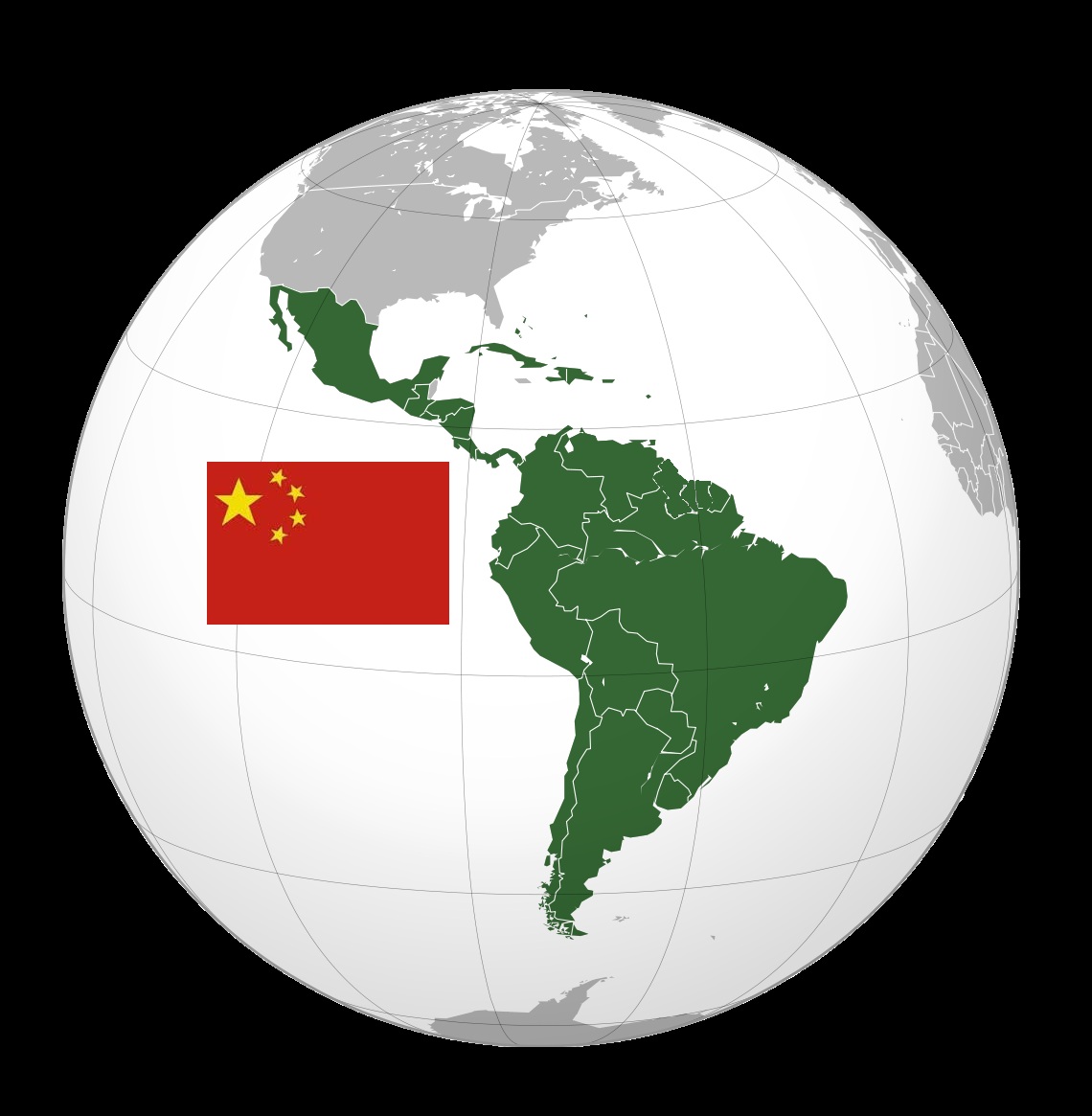Bombardier Inc., the storied aerospace and rolling stock company that was once referred to as a crown jewel of the Québec economy, has notoriously fallen on difficult times. The company has been plagued by its own chronic issues with cost overruns and delivery delays, and both divisions of the company are facing intense competition from significantly larger rivals. The aerospace division must compete with Boeing Inc. and Airbus, while Bombardier Transportation, the company’s Berlin-based train division, is facing a major challenge from the Chinese state-backed train giant CRRC. The Canadian aerospace and rolling stock company has been given much-needed boosts by investments from Québec public institutions, totalling over $2.5 billion. But to effectively compete with these larger corporations in a new age of corporate consolidation, Bombardier’s best solution may be to seek corporate restructuring of its rolling stock division.
Bombardier Transportation, the company’s Berlin-based rolling stock division, is performing better than the company’s aerospace division. While the Bombardier Aerospace’ CSeries program has been plagued by years-long delays, a $2 billion dollar budget overrun, and legal challenges from corporations and foreign governments, BT has enjoyed relative success. One of the world’s largest train manufacturers, BT has engineered some of the fastest trains on the market, such as the Frecciarossa 1000, which has operated in Italy since 2015. In terms of earnings, BT is essential to Bombardier Inc. — with strong returns in the train division offsetting continued losses in the aerospace division, Bombardier Inc. reported a rough break even in its most recent quarterly earnings report, published in late July 2017.
But if it has outperformed its sister division, BT must find a way to answer to serious challenges from competitors if it is to remain competitive in the coming years as it finds itself in a David-and-Goliath situation with larger train manufacturers. The global rolling stock industry is characterized by overcapacity, meaning that in general, train manufacturers’ production capacities exceed demand for their products. This characteristic creates consolidation pressure as firms pursue increased market share. After a 2015 merger of two large Chinese rolling-stock companies, CSR Corp and China CNR, created China Railway Rolling Stock Corp (CRRC), the landscape of the industry changed greatly. CRRC is backed by the Chinese state and has proved its ability to significantly underbid its competitors, including BT. The Chinese company is ambitious; having already emerged as the leader of the rolling stock industry, it has set its sights on foreign markets, particularly Europe, which is the world’s largest train market. In 2016, reports surfaced that the Chinese rolling stock company was seeking to acquire European train manufacturer Skoda Transportation; the deal, if finalized, would give CRRC even greater strategic access to the European market.
Bombardier Inc. is itself no stranger to corporate consolidation — in the 1980 and ‘90s, Bombardier entered the aerospace industry by acquiring multiple plane manufacturers, including Canadian companies Canadair and de Havilland, as well as the Northern Irish company Shorts and the American company Learjet. These acquisitions opened the door for Bombardier Inc. to enter the airplane market by utilizing these companies’ expertise in the development of regional aircraft. This time, however, Bombardier finds itself on the other side of consolidation, and is struggling to compete.
CRRC’s challenge is serious, with the Chinese rolling stock manufacturer underbidding Bombardier even on its North American home court. One recent example is the Massachusetts Bay Transportation Authority’s decision to award a contract to replace its train cars to CRRC instead of to BT, which built the existing train cars on the MBTA’s Red Line. In Bombardier’s hometown of Montréal, the Agence Métropolitaine de Transport made headlines when it awarded a $69 million dollar contract to CRRC for 24 double-decker cars in May 2017. BT had presented a rival bid at a much higher price tag of $103 million. CRRC has also bested BT to win contracts in Chicago and Philadelphia.
To compete with CRRC, Bombardier is reportedly considering mergers with other rolling stock manufacturers. News recently surfaced that BT is exploring a merger with German train giant Siemens, though details regarding the timetable of such a deal are unclear. Some reports claim that the two train manufacturers are quite close to a deal, but company spokespeople have denied this, saying that there is no hurry to reach a conclusion. BT has previously explored merger options with Siemens, as well as with Alstom, a French train company.
However, a merger between BT and Siemens would mean sharing proceeds from the operations of one of Bombardier’s top-performing branches. The current plan reportedly entails Siemens owning the majority stake in the signalling venture; this is worrisome to Bombardier’s investors — including the Bombardier family, the Caisse de dépôt et placement du Québec, and others — as signalling operations are highly lucrative for Bombardier. Bombardier recently earned a $1 billion dollar contract with the city of Melbourne to engineer its signaling operations on 65 train cars. Joint ventures between BT and Siemens, or with any other company, would mean splitting these profits.
Sharing these profits may be a lofty price to pay for the Canadian multinational and its investors. But to maintain its competitive edge in an age of corporate consolidation in the rolling stock industry, and with larger foreign competitors pushing their way into European and North American markets, Bombardier may find itself with little choice.
Photo: Frecciarossa, a line of Bombardier-engineered high-speed trains operating in Italy (2009). Public domain.
Disclaimer: Any views or opinions expressed in articles are solely those of the authors
and do not necessarily represent the views of the NATO Association of Canada.



